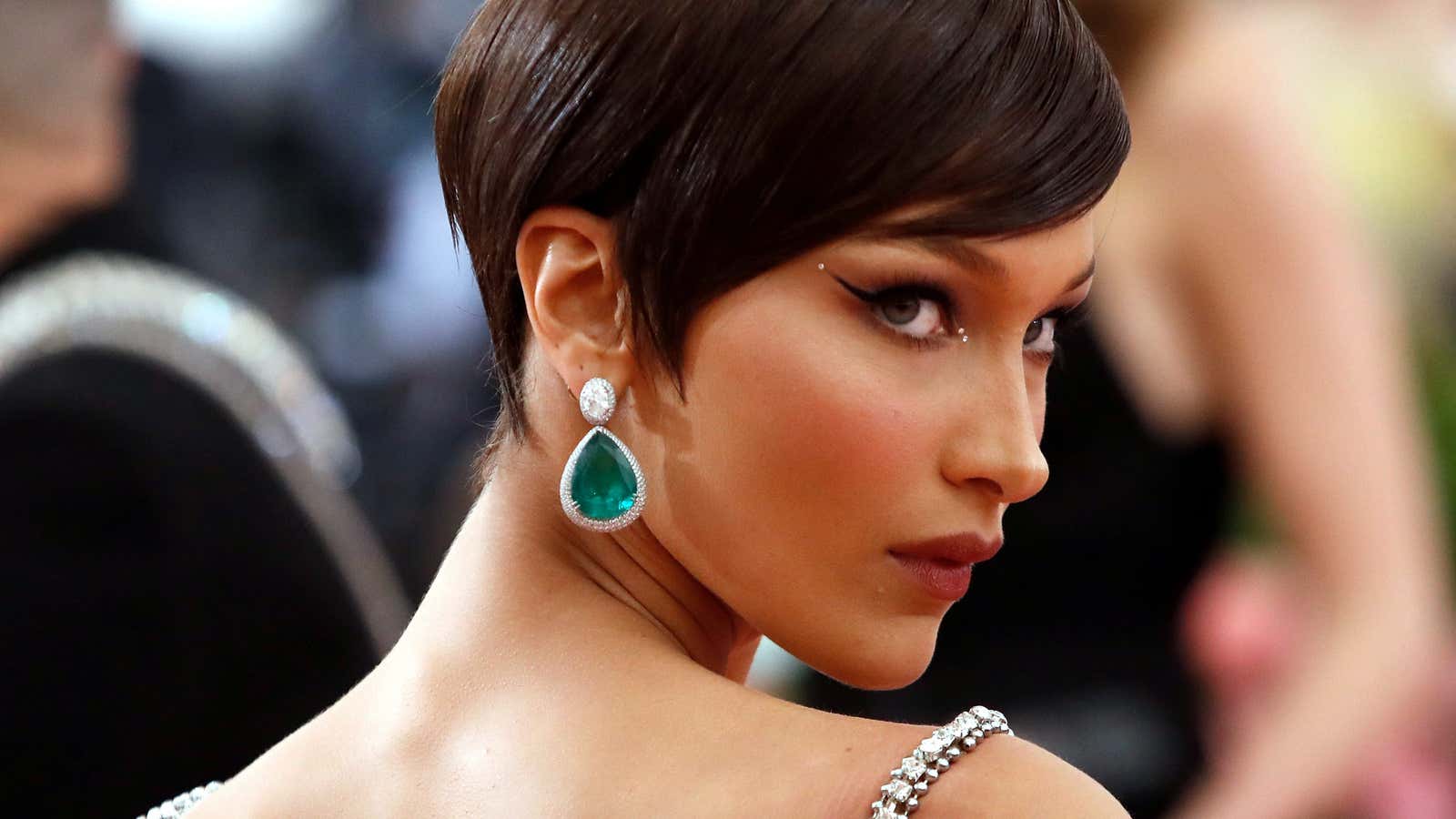When the organizers of the now-infamous Fyre Festival wanted to drum up enthusiasm for a high-end “experience,” they knew exactly how to do so: Pay influencers to post on social media about their prospective island party. Kendall Jenner was reportedly paid $250,000 for a single Instagram post (money she might have to repay), even though the festival hadn’t yet been organized—and never truly was.
As marketers in the burgeoning social-media economy sort out who to pay for what content, some data throw light on the fees most influencers actually command. Jenner’s jaw-dropping rates aside, the statistics suggest that a gender pay gap disfavoring women has already emerged.
A survey of 2,500 influencers internationally, ranging in number of followers from 500 up to “celebrity” status, found that women heavily outnumbered men.
Women make up more than 75% of the influencer industry, according to Klear, a company that sells software with which to manager influencers. But according to its research, the women charge much less. Its international survey of more than 2,500 influencers across Instagram, YouTube, and Facebook found that female influencers charge an average $351 per post, 23% less than the $459 charged by men.
One possible explanation for the disparity is obvious: With far more competition among women, the price has been driven down. Men, as a relatively scarce resource, can charge more.
Of course, this logic has never meant that women in male-dominated industries get to charge a premium. In fact, historically, the industries with few women have been among the worst for pay equality. And even in industries where women are plentiful, the shrinking percentages of female representation as you move up the executive ladder create sizable pay gaps. A 2019 survey (pdf) by Glassdoor, for example, found that in the US the industries with the biggest pay gaps were media and retail—sectors that have long employed as many if not more women than men.
But there’s another layer to the influencer story. There are also particular aspects of the influencer economy that mark it out as different from less public-facing industries. An influencer’s currency is their own personality and the way they look, as well, of course, as who follows them. Gender is intrinsic in a way that can’t be said of many other industries: A female lawyer can arguably practice law in the same way as a male lawyer and vice versa, but a female influencer might not be able to market aftershave to young men, nor a male influencer sell bikinis or lipgloss to teen girls.
Across the influencer industry, prices range hugely. An influencer with between 500 and 5,000 followers might charge $43 for an Instagram story, up to $315 for a YouTube video, Klear said (the survey covered Instagram, YouTube, and Facebook.) At the other end of the spectrum, a celebrity video might cost over $3,800. Of all industries represented, travel was the priciest for advertisers, with costly-to-produce, video-heavy posts carrying an average cost of $5,335.
In itself, the data are simply a snapshot of what people selling influencer services said they were charging in late 2018. Klear notes that “influencer marketing does not have set standards for pricing, rates are typically set by influencers and often negotiated.” That in itself could disadvantage women, Klear theorizes, pointing to a recent survey suggesting that a lack of negotiation on women’s part fed into the wage gap globally.
In any case, influencers, as well as those buying their services, might want to take note: For women, it’s a crowded marketplace, and one in which they might want to guard against inequality.
